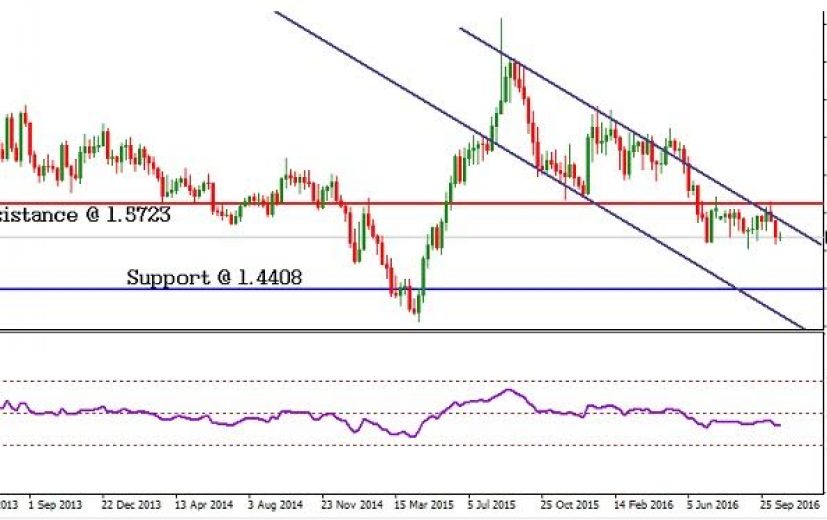 The outcome of the Brexit referendum hardly allowed any kind of recovery in the Euro dollar, so far, against any of its rivals, including the New Zealand dollar.
The outcome of the Brexit referendum hardly allowed any kind of recovery in the Euro dollar, so far, against any of its rivals, including the New Zealand dollar.
The decline in the New Zealand’s Q2 unemployment rate to 5.1% and a seasonally adjusted GDP growth of 0.9% also ensured a steep fall in the EUR/NZD pair to the current level of 1.5210, from a high of 1.7960 in July. For the reasons mentioned below, we anticipate the EUR/NZD currency pair to remain bearish in the short-term.
The Markit’s flash Euro zone manufacturing PMI reading, reported on Monday, increased to 53.3 in October, from 52.6 in September and above the market’s expectation of 52.7. Similarly, the flash Euro zone services PMI reading climbed to 53.5 in October, from 52.4 in September, and above the analysts’ forecast of 52.2.
However, the positive data did little to boost the Euro. It is because the Euro is currently driven more by sentiment rather than economic news. Furthermore, the market believes that the unimpressive economic growth in the Euro zone and the poor inflation rate will lead to an extension of the asset purchase program. The analysts surveyed by Reuters opined that the ECB would extend the asset purchase program by the year end.
European Central Bank
The high probability of a Fed rate hike in December also keeps the Euro weaker. As far as the New Zealand is concerned, the steady rise in the dairy prices, increasing tourist inflow, and the rise in the export of horticulture products (wine, Kiwi fruit, apples, etc.) keep the Kiwi dollar strong. The attractive benchmark interest rate of 2% also supports a strong New Zealand dollar. So, based on the above discussion, we anticipate the EUR/NZD to remain in a downtrend for the weeks to come.
The EUR/NZD is moving within the declining channel as shown in the historic chart. The currency pair is also facing resistance at 1.5720. The major support on the downside exists at 1.4410. The RSI oscillator’s reading below 50 indicates the underlying bearishness in the EUR/NZD pair. Thus, we can hope that the EUR/NZD pair continues to decline.
A Forex trader can open a short position in the EUR/NZD pair at a level of 1.5260. As a part of the risk management, a stop loss order can be placed above 1.5450. The short position can be covered near 1.4580. Looking for a European Forex broker, then take a look at our detailed section where we have fully reviewed available brokers.
Traders who are active in the binary market can purchase a one touch put option with a target higher than 1.5050. Binary traders with risk appetite can pick up a ladder put option. In such a case, the lowest target level should be greater than 1.4600. Finally, considering the volatility in the market, it would be better for the trader to invest in a put option which remains valid for at least one month.





